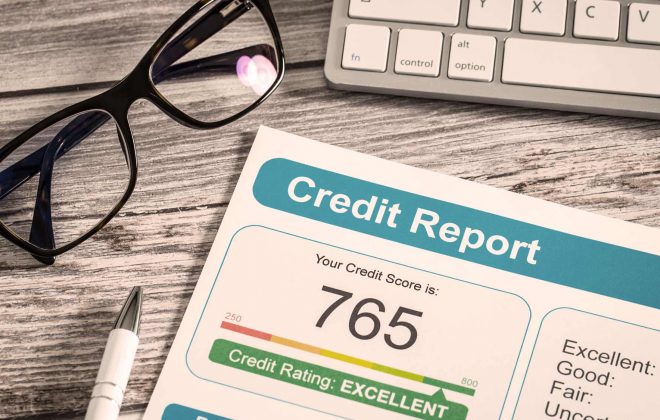How much can I be charged when I take out a loan?
There always seems to be far more month than money left in your bank account, and unless you can miraculously cash in on the Lotto Powerball ticket, pinned to your fridge with a magnetic that ironically reads “Don’t Worry Be Happy”, you don’t really know how to unravel this financial mess you’ve somehow landed up in. Maybe it’s time to investigate a personal loan?
Sound familiar? Don’t worry, you aren’t alone!
People take out personal loans for various reasons. We can’t pretend to know the exact state of your personal finances, and why you might be considering taking out a personal loan, but one thing is for sure – a loan is a loan!
And unless a financial institution like a bank can make some money out of lending you a few bucks, why would they do it in the first place?
Well, they wouldn’t, and that’s exactly why we’ve decided to write this blog post.
Once you’ve decided it’s time to apply for a personal loan, one of the first questions on your mind is going to be:
“How much am I going to be charged?”
Now, considering that you might be in for a 60-month repayment commitment, and taking out a personal loan of R50 000 could end up costing you R90 000 by the time you pay it back, making sure you understand how much interest and other charges are going to be levied against your loan, seems prudent, right?
The good news is that there is a law which governs this kind of thing called the National Credit Act. The National Credit Act is in place to protect consumers and provide a regulatory framework for credit providers to work in. The watchdog looking over all of this is the National Credit Regulator.
The first thing the National Credit Act does is define different types of credit products.
Let’s get into the credit products first because there is a good chance you might have a few of these products already.
A credit product, as defined by the National Credit Act, includes any of the following:
- Overdrafts
- Credit cards
- Personal loans
- Clothing accounts
- Pawn shops
- Debt counsellors
Now that you understand how the National Credit Act defines credit products, let’s get into the million Rand question:
What then is the maximum you can be charged?
Before we get into that, we need to look at the various categories loan products fall into.
The National Credit Act has classified loans into seven categories:
- Mortgage loans
- Credit cards and store cards
- Unsecured credit such as personal loans, where no security is provided for the loan
- Developmental credit for things like low cost housing, educational loans, and starting up a small to medium sized business
- Short term transactions such as microloans and pawn transactions (loans smaller than R8 000)
- Other credit agreements such as credit guarantees from a debt counselor
- Incidental credit agreements when the borrower fails to pay as a promised and the lender charges them some form of penalty.
Each of the above mentioned loan categories have 3 different costs which can be charged:
- Interest rate costs
- Initiation fees, and
- Credit life insurance
Interest rate costs are based on the repo rate (RR). The repo rate is the rate at which the Reserve Bank leads money to commercial banks like ABSA, FNB, Nedbank & Standard Bank. Currently (May 2019) the Repo rate is 6.75% per annum.
Really, all that’s happening is that the banks are borrowing money from the Reserve Bank, adding a margin and reselling that money onto you, the consumer. The good news is that it isn’t the wild west and the sheriff in town (The National Credit Regulator) strictly enforces the law.
- For mortgage agreements (that would be the bond on your house), the maximum interest rate credit providers can charge is 18,75% per annum.
- For credit facilities, which include credit cards, overdrafts and petrol cards, the maximum interest rate credit providers can charge is 20,75% per annum.
- And for unsecured credit transactions, which consist mainly of personal loans, the maximum interest rate credit providers can charge is 27,75% per annum.
Credit providers are also allowed to charge consumers an initiation fee. An initiation fee may never exceed 15% of the principal debt. This is generally a once-off fee which financial institutions will consider fair remuneration for the administration involved in your application process. A service fee can also be charged by the credit provider for servicing the credit agreement and it must not be more than R60 excluding VAT.
The last charge which can be levied against your loan is credit life.
Credit providers are also allowed to charge consumer a credit insurance premium, which will be covered in the credit agreement. This is put in place in case the consumer dies, gets retrenched or disabled, whilst they still owe the credit provider.
The problem with credit life is that it’s expensive life cover. Rand for Rand it’s far cheaper to take out a regular life cover policy with an insurer, but you might not necessary be able to cede your existing policy to the bank as security against the loan. However, it’s worth asking the question if you have existing life cover in place.
So that’s it in a nutshell.
If you take out a personal loan, you can expect 3 charges levied against that loan including an interest charge than cannot be more than 27,75% per annum. It might not be as much as that, bearing in mind that each personal loan application is looked at individually and several criteria are used to evaluate the outcome.
Until next time.
The MoneyShop Team
MoneyShop
Related Posts





